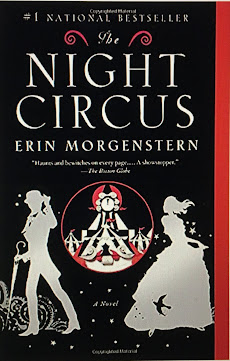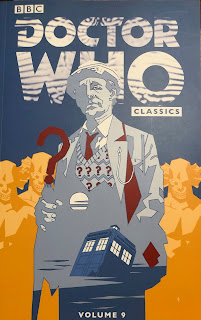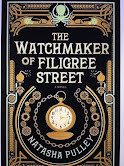To Create or Not to Create—Making up a Language for your Novel by Theresa Gauthier
There are more than 7,000 languages in the world today. Think about that. There are more than 7,000 ways to say hello or I love you, or to ask your family what they want for dinner or to ask directions to the nearest library or bookstore.
Granted, some of these, 40% the last time I checked, are endangered—yes, languages are dying out. Irish has been resurrected from that list, thank goodness, and progress has been made in Ireland as the government incentivized the learning of the language.
That said, if you’re writing a novel set anywhere, you can research an actual language and perhaps pepper a few phrases into your narrative. What do you do, though, if your book is set in a fictional place? A far distant world? An imaginary world?
Tolkien created Elvish for The Lord of the Rings, but what some people who are only casual acquaintances of his work may not know is that there are 15 dialects of Elvish. Tolkien didn’t stop there. He created languages for the Dwarves, the Ents, the Hobbits.
With his languages at the pinnacle, that doesn’t mean there’s no room for more. Other fictional languages were perhaps less well thought out, but some were just as effective.
The most oft-quoted (in some circles derided while in others celebrated) is Klingon. On occasion referred to as Klingonese, it was created piecemeal and, grammar or etymology aside, Klingon is sophisticated enough to have eighty dialects, though I couldn’t say how many we hear on the various television shows or films.
The Klingon language expanded from a few words here and there to entire conversations complete with subtitles in the Star Trek films, and song lyrics—Klingon opera, Klingon drinking songs, and songs sung on the bridges of Klingon ships—you’d have to watch every episode of every series to hear all of the references.
That this level of complexity was achieved even though, by all reports, the pronunciation of new Klingon words was reliant upon “whoever said it first” and no real etymological planning or forethought, is an achievement even Q might applaud.
Star Trek, of course, is home to far more alien cultures than just Klingon. There are at least 27 separate languages (and that number may continue to grow as the Star Trek Universe expands) including “Federation Standard” or English.
There’s Vulcan for a start. The language of Earth’s closest ally or harshest critic depending on which of the series you’re watching, the Vulcan language began on The Original Series and has been added to over the years much the same as Klingon.
It’s been said the Gene Roddenberry consulted Hartmut Scharfe, a linguistics professor at the University of California, to create a Vulcan language that would sync up with the English words the actors had used in filming. (See the article at Memory-Alpha.fandom.com.)
As for Romulan, there’s an entire Star Trek novel that explains (though it may be non-canonical) that the Romulans were, in fact, Vulcans who left Vulcan in order to avoid a civil war. As they were traveling to their new home, they deliberately created their new language and culture.
The language was expanded upon in Star Trek: The Next Generation as Spock became involved in promoting a reunification of the Vulcan and Romulan people.
Star Trek isn’t the only Alien Language goldmine. Star Wars, Game of Thrones, Avatar, and even Futurama have all contributed to the world of fictional languages.
Artificially constructed language--whether in reality as for a TV Show or film, or fictionally as in the case of the Romulan history—brings to the forefront the concept of Constructed Languages or Conlang. The creators of the Game of Thrones series consulted a conlanger by the name of David J. Peterson. Peterson has a book on the subject called Conlanging: The Art of Crafting Tongues, and co-founded the Language Creation Society.
One of my favorite Conlangs is Tenctonese from the defunct series Alien Nation. The show lasted only one season, but the language—unlike its Star Trek counterparts—was used in every episode.
If this all seems discouraging and far too technical there are ways to write a language into your novel without creating the language. If your novel must mention a language, you can make mention of it, and even have the narrative state that a character or characters are speaking it but giving the real language meaning instead. Such as:
“You can’t do that,” he said in his native tongue.
You can also just create a few words to pepper throughout your text to give an idea of what the language might be like.
Whatever you choose, remember that some languages expand long after the authors finish with them.
The language from Watership Down, Lapine, for instance, consisted of only a few dozen words in the original novel, but since then fans added to it giving it functionality and grammar as well as adding to the vocabulary.
You never know—the language you create might just take on a life of its own.








Comments
Post a Comment